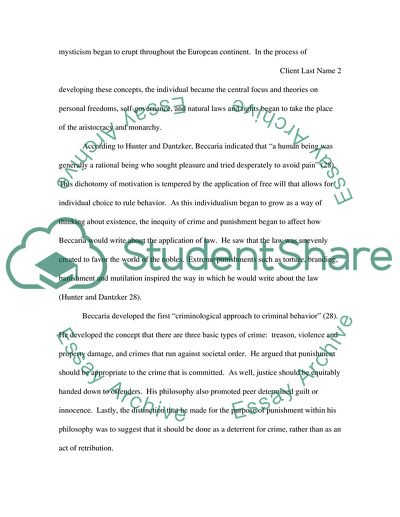Cite this document
(“Theories and Causes of Crime Research Paper Example | Topics and Well Written Essays - 2750 words”, n.d.)
Theories and Causes of Crime Research Paper Example | Topics and Well Written Essays - 2750 words. Retrieved from https://studentshare.org/law/1723569-crime-paper
Theories and Causes of Crime Research Paper Example | Topics and Well Written Essays - 2750 words. Retrieved from https://studentshare.org/law/1723569-crime-paper
(Theories and Causes of Crime Research Paper Example | Topics and Well Written Essays - 2750 Words)
Theories and Causes of Crime Research Paper Example | Topics and Well Written Essays - 2750 Words. https://studentshare.org/law/1723569-crime-paper.
Theories and Causes of Crime Research Paper Example | Topics and Well Written Essays - 2750 Words. https://studentshare.org/law/1723569-crime-paper.
“Theories and Causes of Crime Research Paper Example | Topics and Well Written Essays - 2750 Words”, n.d. https://studentshare.org/law/1723569-crime-paper.


